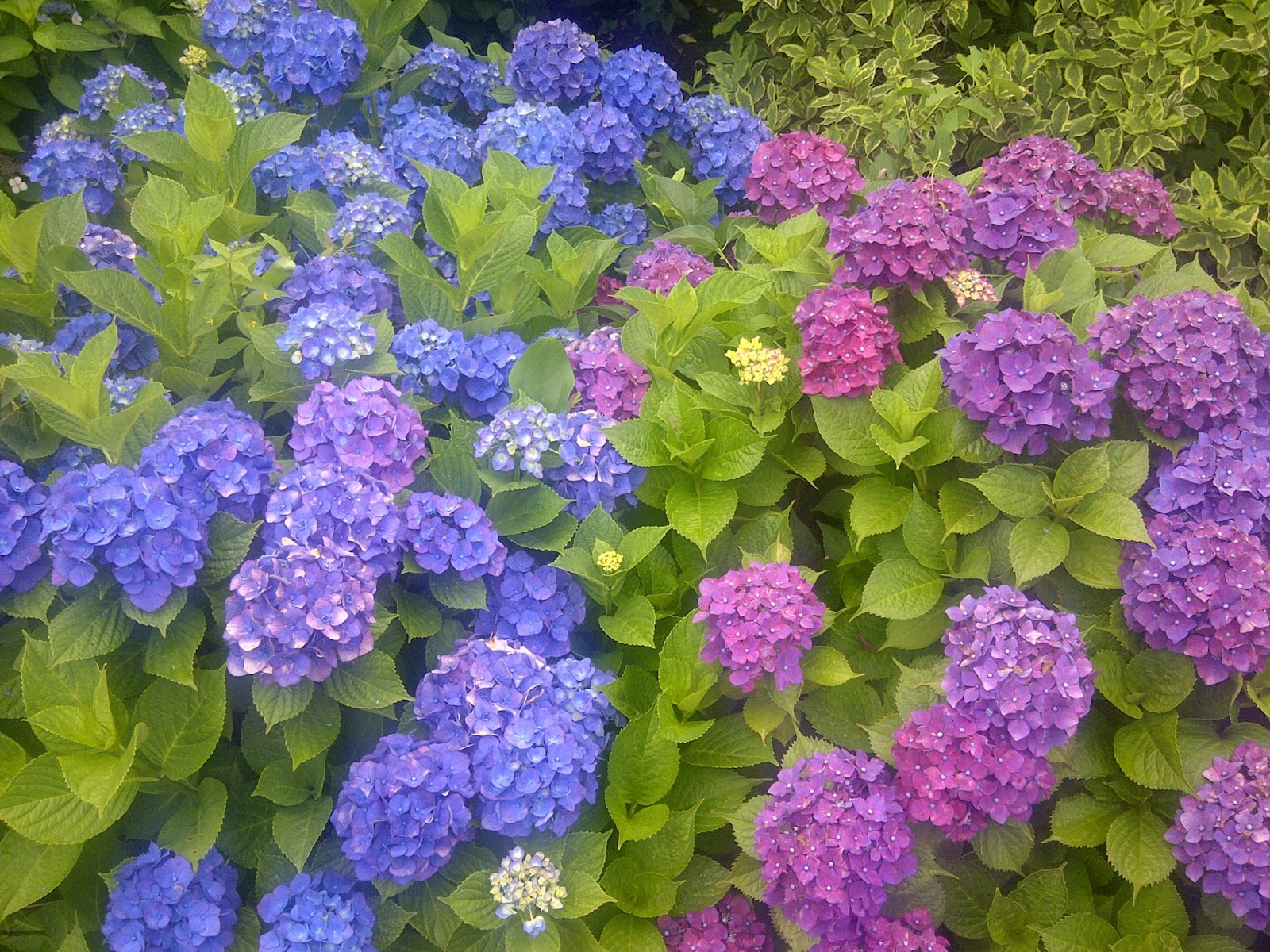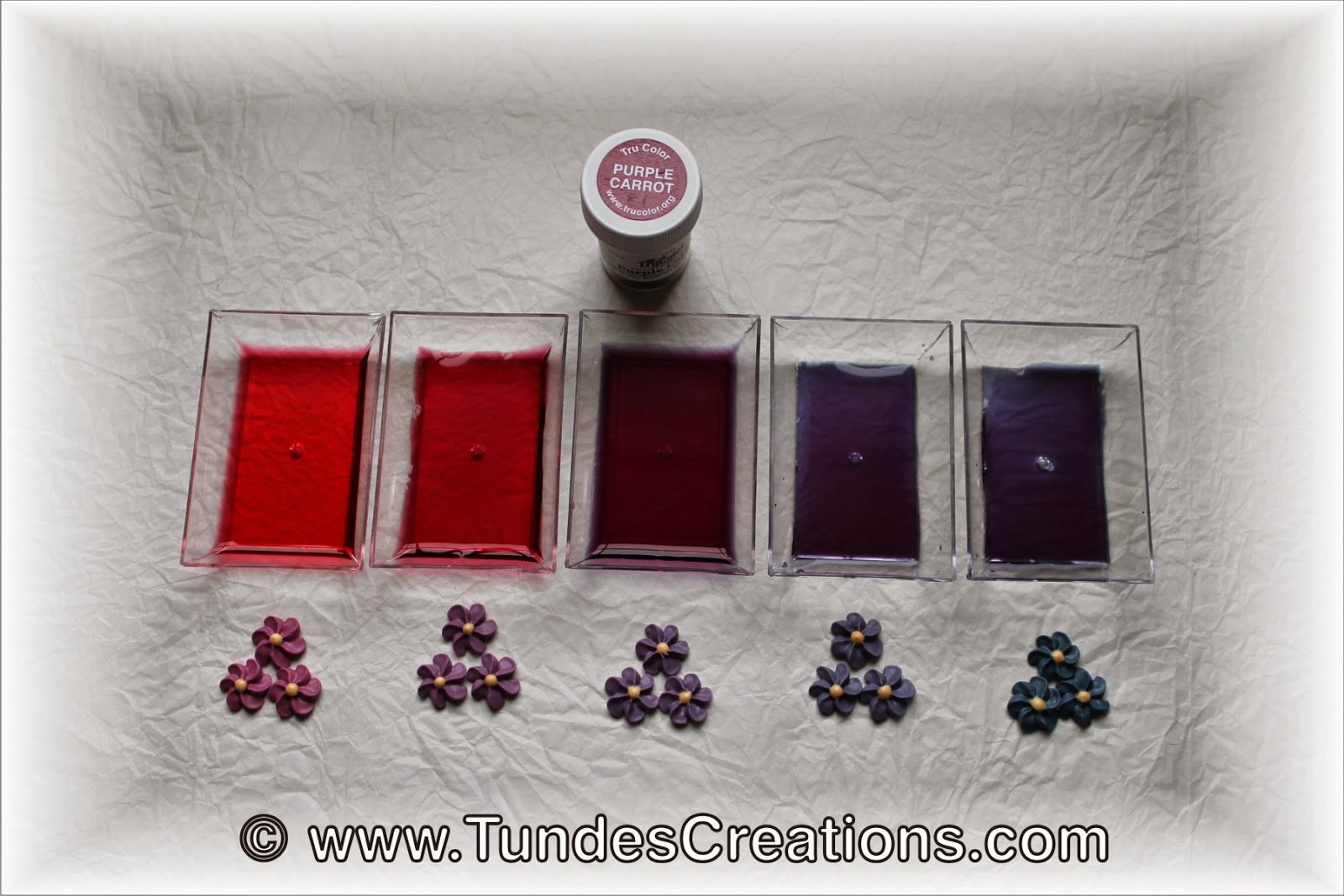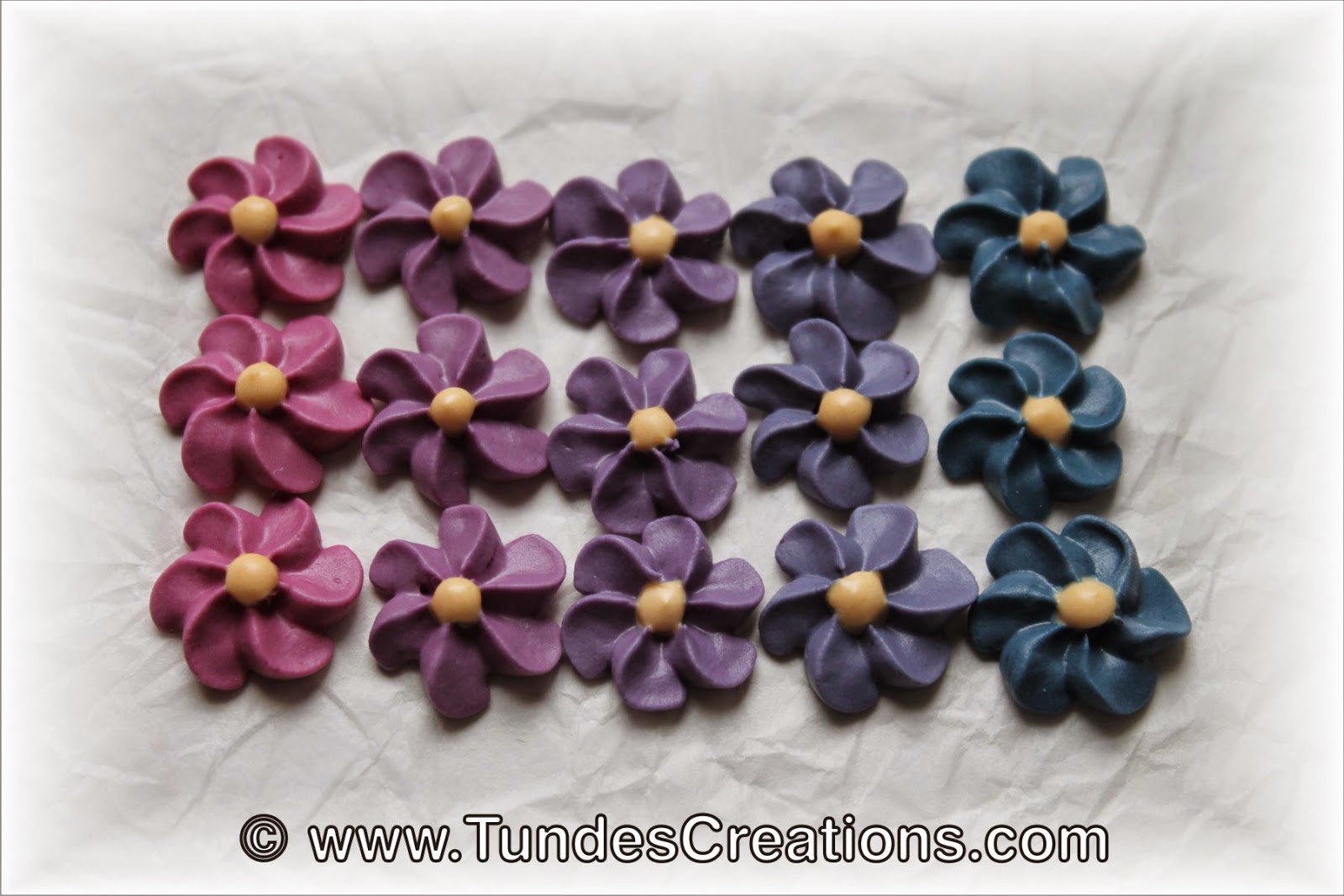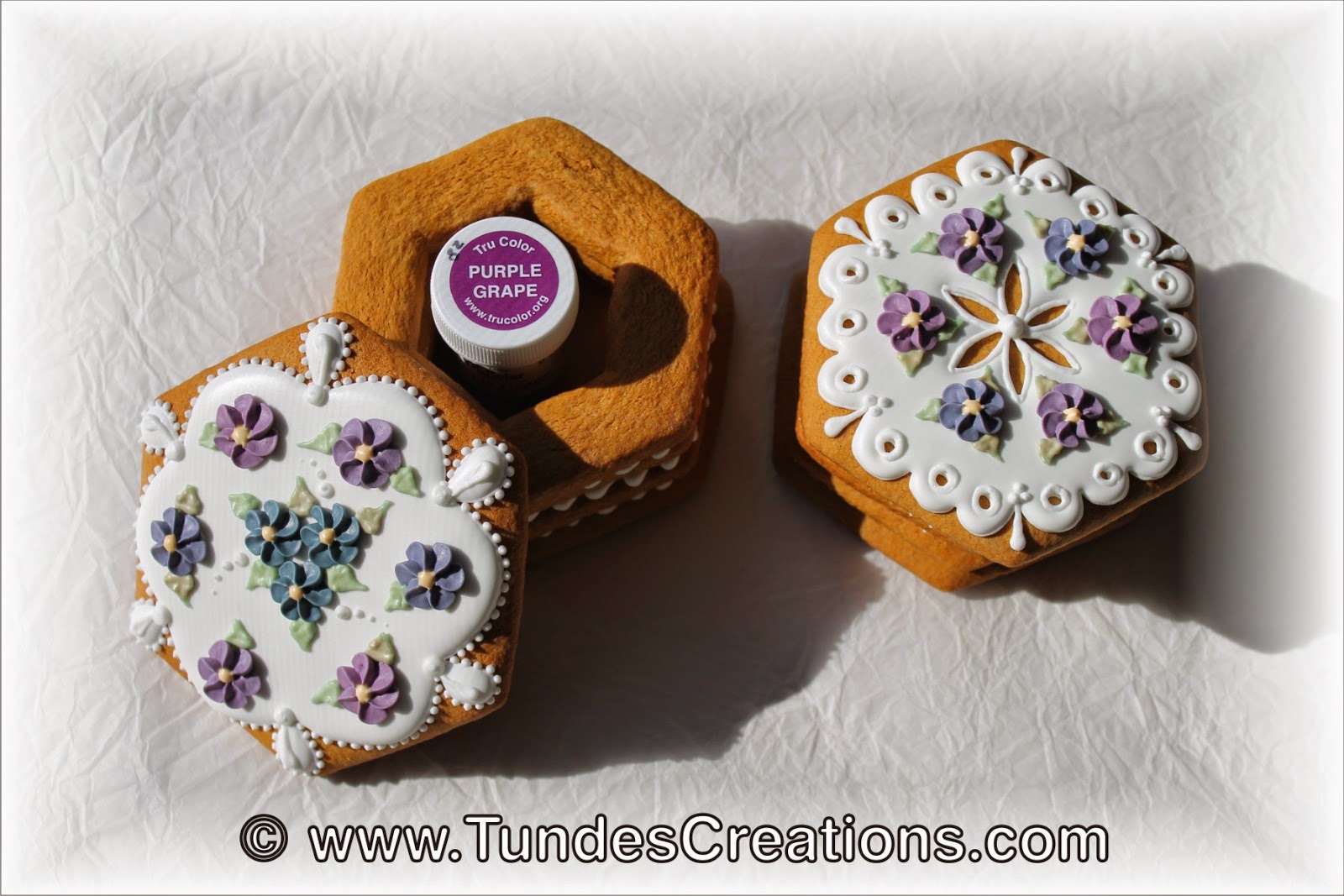Always test a small amount of natural color in what you are trying to color first before committing to a large batch.
Most will get fantastic and desired results when using TruColor™ natural food colors, because of the variables involved when using natural colors, results may not be as you expected, take a moment to familiarize yourself with natural colors and take into account all the individual ingredients you are trying to color. 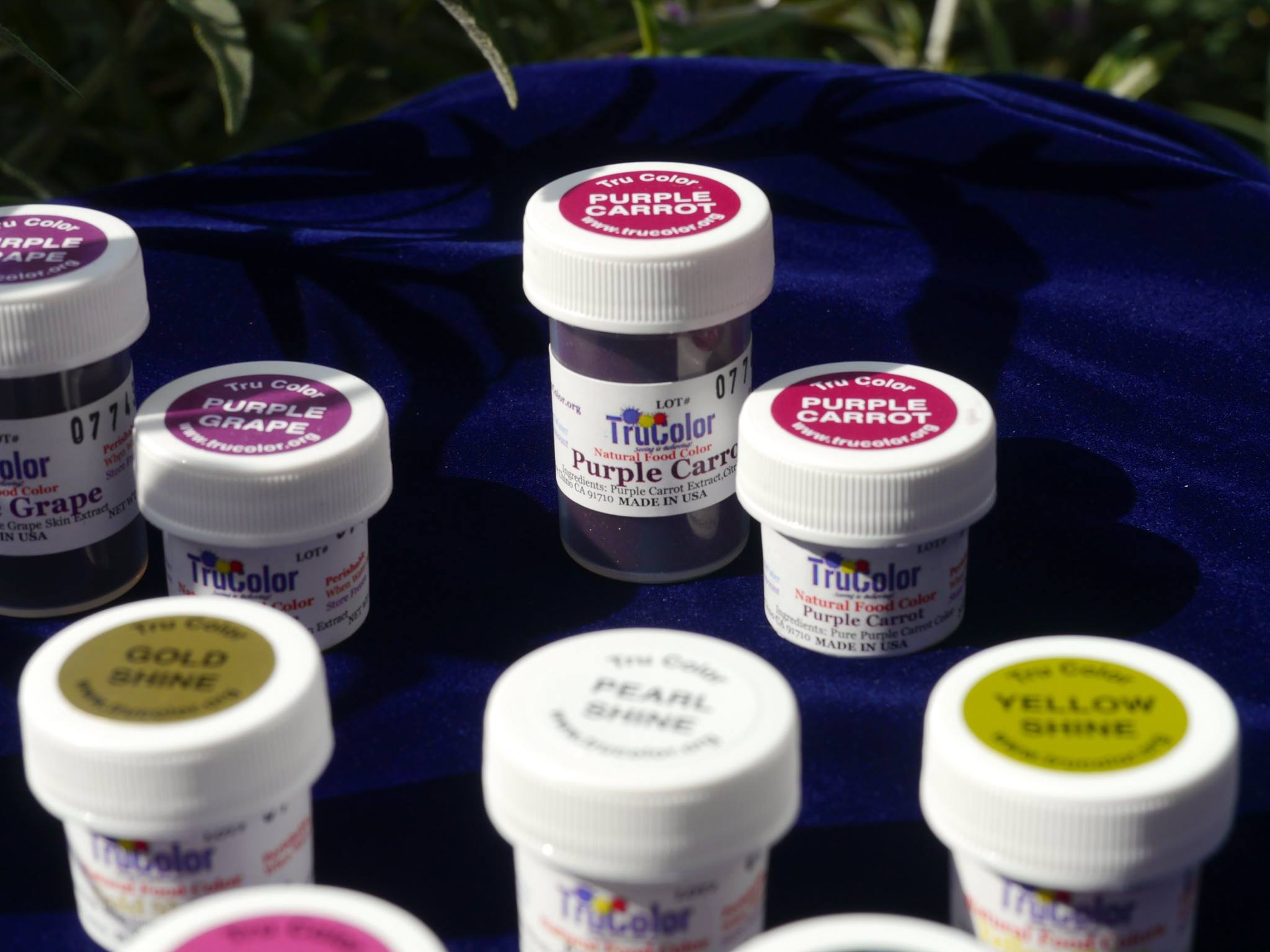 Like with many things, when using natural colors for the first time, it is always best to test a small amount of a natural color in what you are trying to color to see the results first. When using natural colors, you may also have to consider if a particular natural color is “heat stable” or not and that some natural colors bake well other do not. Generally colors derived from an Anthocyanin source will brown with heat. Yellow made with color derived from Turmeric Root and Orange from the Annatto Seed are generally heat stable.
Like with many things, when using natural colors for the first time, it is always best to test a small amount of a natural color in what you are trying to color to see the results first. When using natural colors, you may also have to consider if a particular natural color is “heat stable” or not and that some natural colors bake well other do not. Generally colors derived from an Anthocyanin source will brown with heat. Yellow made with color derived from Turmeric Root and Orange from the Annatto Seed are generally heat stable.
Do not hesitate to email [email protected] with any questions and we will give our best effort to answer your inquiry with in one or two business days! If it is urgent, you can also call us with any questions before using TruColor™ natural decorating colors. We want you to be successful and we are here to help everyone learn how to use these amazing new colors and we are eager to learn from your experience as well!
Understanding Anthocyanin and creating exciting different colors from TruColor Purple Grape & Purple Carrot.
The natural color pigment in TruColor™ Purple Grape and the Purple Carrot extracts are super concentrated “Anthocyanin” extracts. Icing colored with the natural color pigment “Anthocyanin” will change or shift hue from red to blue with every increment increase or decrease in pH. You can change the color yourself by adding or neutralizing the acidic content of your icing with natural household items such as lemon juice to lower the pH or baking soda to raise the pH
Anthocyanin is the name given to the color pigment in many plants that range from red to blue and is found in berries, strawberries, raspberries, blueberries, grapes and certain vegetables including red cabbage and purple carrot. Anthocyanin is a “pH indicator”, meaning these natural colors actually change color based on the pH and when you raise or lower the pH (or acid content) you will see a shift in color. All the beautiful colors found in a pansy flower are Anthocyanin pigments with varying amounts of acid present or absent in the flower.
The various hues of Anthocyanin color are clearly demonstrated in the pansy flower.
What is pH?
Simply stated, the term pH is a used to as a scale measure the activity of hydrogen ions in a liquid with numbers from 0 to 14 used to identify whether or not there is an acid present or not. A pH reading of 7 is neutral (not acidic or basic) Below 7 shows an acid is present and above 7 is termed basic or alkaline.
To help understand the concept that an acid will change the color in plants, think of various colors in the Hydrangea flower bloom. You can change and manipulate the color of the flowers of this plant from blue to red by adding or removing an acid (lowering or raising the pH) in the soil. The color changing process of the hydrangea is slightly different, however it demonstrates how natural colors show different hues with an acid present.
Purple Carrot and Purple Grape Anthocyanin color give you a variety of color options by changing the icing’s pH or whether the icing is acidic or basic. Natural Colors may react differently when adding color “into” a dough or icing, depending what you are trying to color and it is important to know when using an anthocyanin and some of the other natural pigments, if the product you are trying to color is preserved with an acid as it will lower the pH and may change the color.
Using TruColor Purple Grape and Purple Carrot by the “Gingerbread Artist” Tunde Dugantsi.
you can learn more here: http://www.thegingerbreadartist.com/
You can learn more about ph and this color changing process here:
How to Make Red Cabbage ph Indicator
